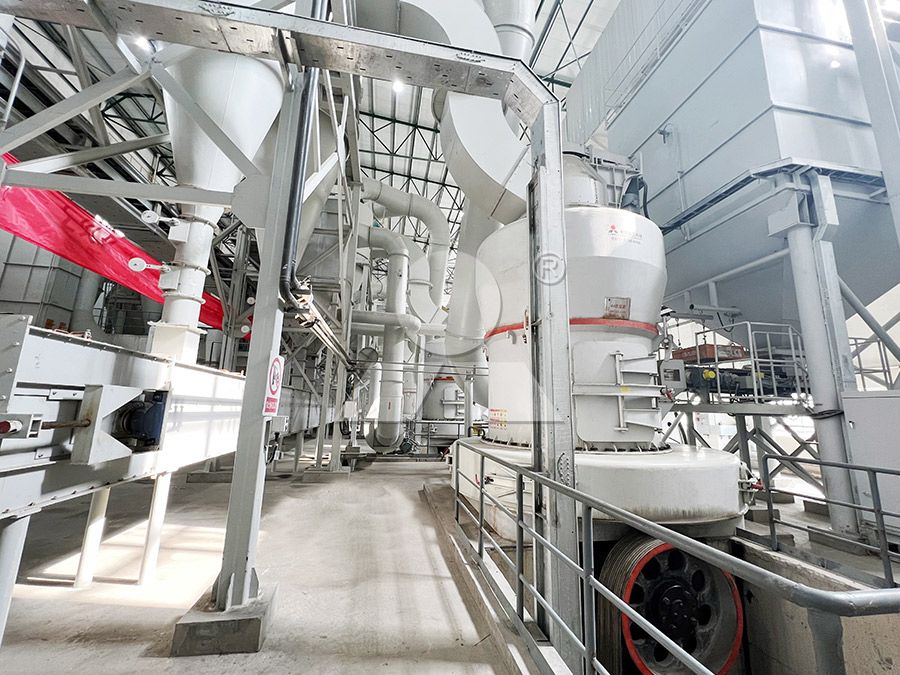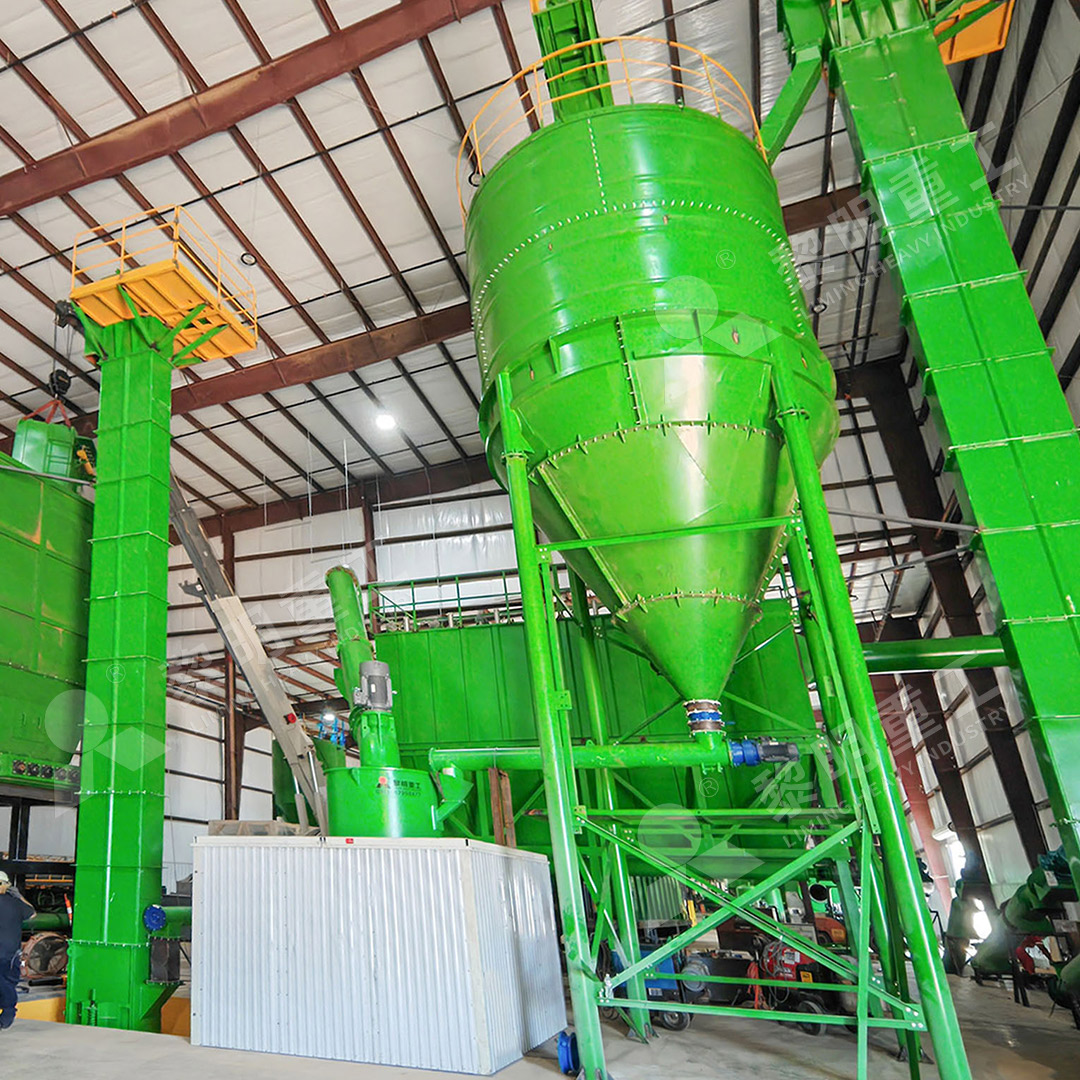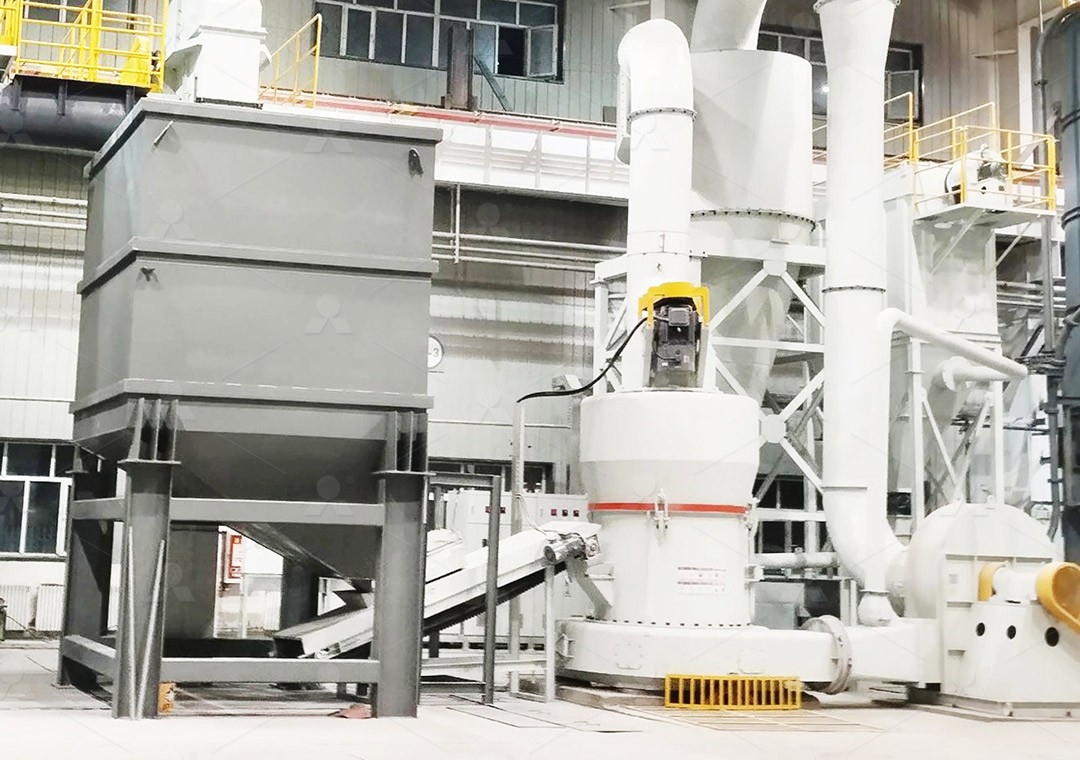How Does a Grinding Mill Work in Power Plant Desulfurization Processes?
How Does a Grinding Mill Work in Power Plant Desulfurization Processes?
In the critical battle against sulfur emissions from power generation, flue gas desulfurization (FGD) systems stand as the first line of defense. At the heart of many modern FGD processes, particularly wet scrubbing systems, lies a crucial preparatory step: the pulverization of limestone into a fine, reactive powder. This is where industrial grinding mills demonstrate their indispensable value, transforming raw limestone into the high-surface-area sorbent necessary for efficient sulfur capture.
The fundamental role of the grinding mill in this context is to achieve a specific particle size distribution that maximizes the chemical reaction rate between the limestone and the sulfur dioxide (SO₂) in the flue gas. A finer powder offers a greater surface area, leading to more complete and faster reactions within the absorber tower. This directly translates to higher desulfurization efficiency, often exceeding 95%, and reduced consumption of the sorbent material.
The Grinding Process: A Closer Look
The journey of limestone through a grinding mill is a symphony of mechanical force and precision. Raw limestone with an input size typically ranging from 0-50mm is fed into the mill’s chamber. Inside, the material is subjected to forces of compression, impact, and attrition. In a vertical roller mill, for instance, the material is fed onto a rotating grinding table. Hydraulically-loaded grinding rollers then exert tremendous pressure on the material bed, crushing the limestone against the table. The ground material is carried by the airflow to an integrated classifier, which ensures that only particles meeting the required fineness proceed to the next stage, while oversized particles are returned for further grinding.

This closed-circuit system is highly efficient. The final product, a fine powder with a fineness often ranging from 325 to 2500 meshes, is then mixed with water to create a limestone slurry. This slurry is pumped directly into the FGD absorber, where it is sprayed into the flue gas stream, neutralizing the SO₂ and forming gypsum as a by-product.
Choosing the Right Mill for Desulfurization
Not all grinding mills are created equal for the demanding environment of a power plant. Key selection criteria include energy efficiency, reliability, low maintenance, and the ability to produce a consistent, ultra-fine powder. While traditional ball mills have been used, modern power plants increasingly favor more advanced technologies like vertical roller mills and ultra-fine grinding mills for their superior performance and lower operating costs.
For operations requiring exceptionally fine and high-quality limestone powder, the MW Ultrafine Grinding Mill presents an outstanding solution. Engineered for precision, this mill is ideal for customers who need to make ultra-fine powder for highly efficient desulfurization. With an input size of 0-20 mm and a capacity ranging from 0.5 to 25 tph, it fits perfectly into various scales of power plant operations. Its cage-type powder selector, adopting German technology, allows for precise fineness adjustment between 325-2500 meshes, ensuring the optimal particle size for maximum SO₂ absorption. Furthermore, its innovative design, featuring no rolling bearings or screws in the grinding chamber, significantly enhances operational reliability and minimizes maintenance worries, a critical factor for continuous power plant operation.

Beyond Efficiency: Environmental and Operational Benefits
The contribution of a modern grinding mill extends beyond just creating sorbent. Advanced mills are designed with comprehensive environmental controls. The MW Ultrafine Grinding Mill, for example, is equipped with an efficient pulse dust collector and a muffler, ensuring that the milling process itself generates no dust pollution and operates with minimal noise. This aligns perfectly with the overarching environmental goals of the FGD system, making the entire production process cleaner and compliant with national environmental protection standards.
For power plants seeking a robust and proven solution, the LM Vertical Grinding Mill is another excellent choice. It integrates crushing, drying, grinding, classifying, and conveying into a single unit, reducing the comprehensive investment and footprint. Its ability to process limestone with an input size of 0-70mm and a high capacity of up to 340 tph makes it suitable for large-scale power generation facilities. The short grinding time and low iron content of the final product further ensure the quality and reactivity of the limestone slurry.
Frequently Asked Questions (FAQ)
Why is limestone fineness so important in FGD?
Finer limestone particles have a larger specific surface area, which dramatically increases the rate and completeness of the chemical reaction with sulfur dioxide. This leads to higher desulfurization efficiency and lower limestone consumption.
What are the main advantages of using a vertical grinding mill over a traditional ball mill for FGD?
Vertical grinding mills offer significantly higher energy efficiency (saving 30%-50% power), a smaller footprint, integrated drying for moist limestone, and lower wear and maintenance costs due to their more advanced grinding mechanism.
How does the MW Ultrafine Grinding Mill ensure consistent powder quality?
It utilizes a advanced multi-head cage-type powder selector that allows for precise control over the fineness and sieving rate. This technology ensures the final product fineness is accurately maintained, which is crucial for stable FGD performance.
Can these mills handle other materials besides limestone for power plant applications?
Absolutely. Mills like the MW and LM series are highly versatile and can also process materials like gypsum (a by-product of FGD), petroleum coal, barite, and other non-metallic minerals used in various industrial processes.

